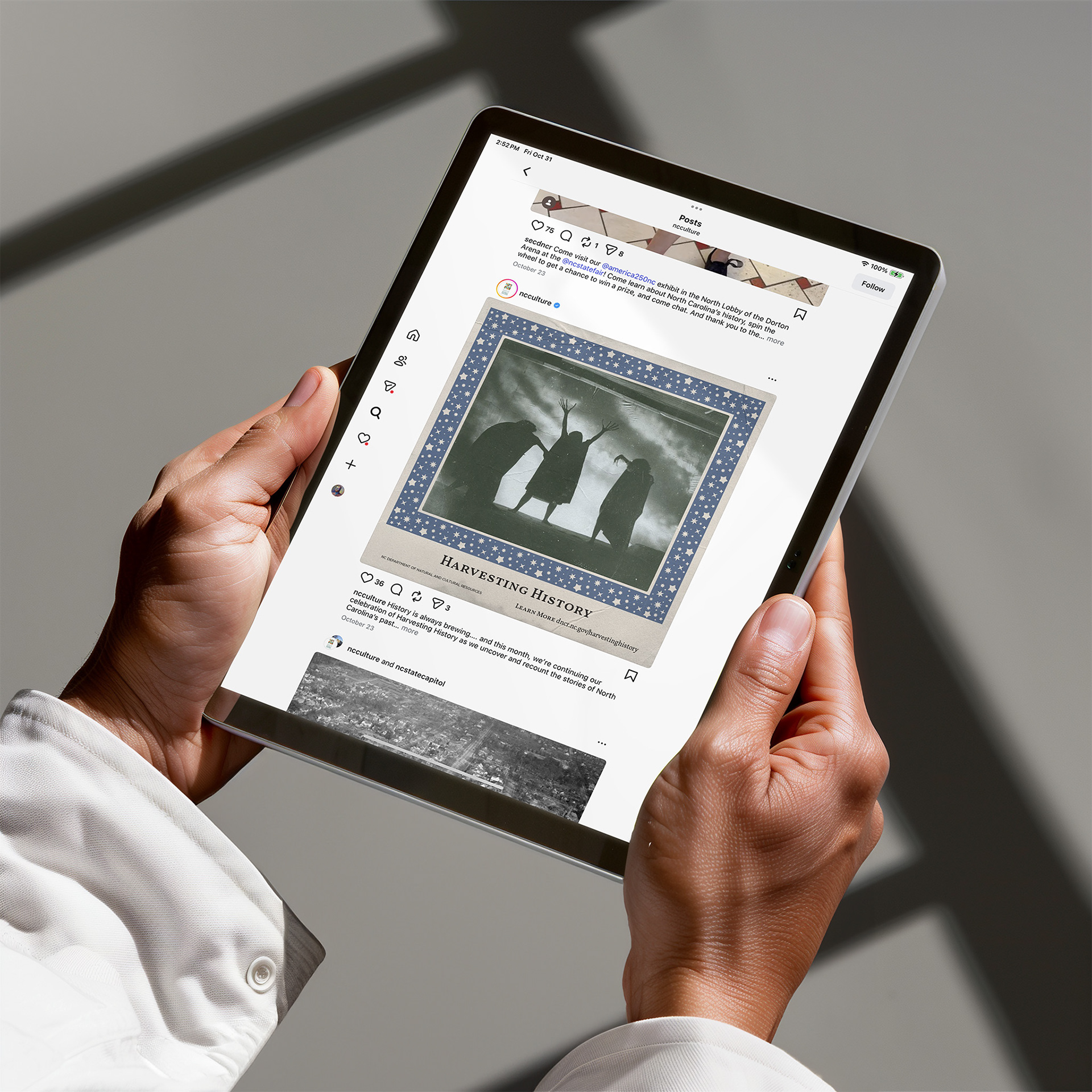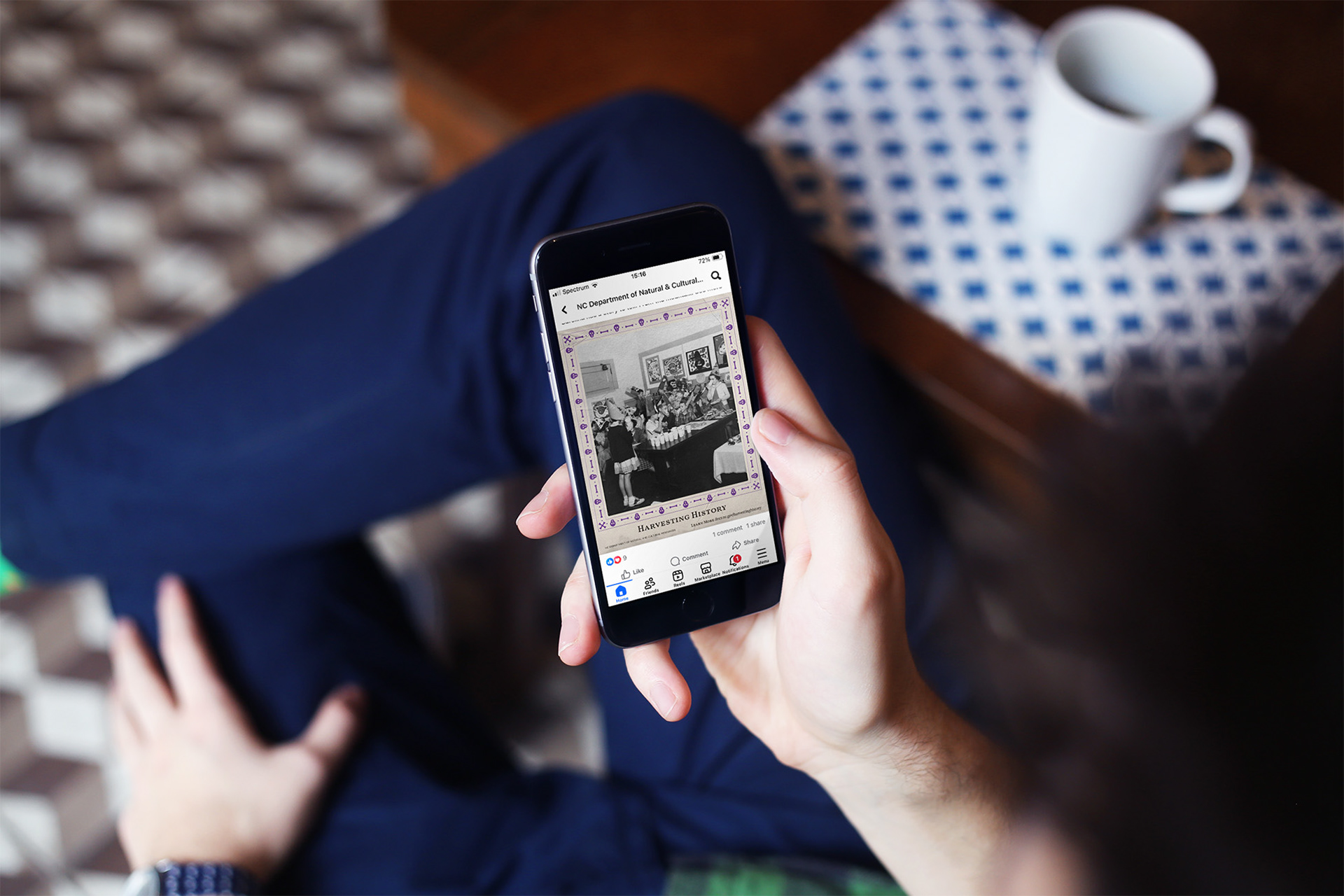Harvesting History is a social media awareness campaign during the month of October for DNCR sites and activities, focused on history through a seasonally appropriate lens. Collaborating with a colleague from the social media team, I was tasked with creating the visuals for the campaign. The designs were intended for digital applications, with a primary focus on social media and general web usage. The colleague leading this project requested that the subject matter of the images for this campaign was diverse and the 'harvesting' aspect of Harvesting History was to be understated, i.e. making the design not appear too agricultural focused, but rather highlighting the familial and historical connotations. A comment I found especially useful in the design direction was, 'I want the campaign to feel old.'
My challenge for this design was to make the campaign feel old but also comfortably familiar, while also unifying its visual message of history. The images being used during the campaign were from the historic archives, predominantly in black and white, and featured a variety of subjects: cows in a field, a children's Halloween celebration, a surreal image of a performance of Macbeth featuring the three witches, and several others. I decided to alternate the use of images across each composition, but keep the treatment of these images consistent, thereby unifying the campaign visuals. My mind eventually arrived at the concept of a photo album and, by extension, vintage photographs. I felt that finding a way to mimic the appearance of photographs one would find in a shoebox or photo album would be the best way of highlighting the history while also endearing the audience to the visuals and thus the campaign. But how to do it?

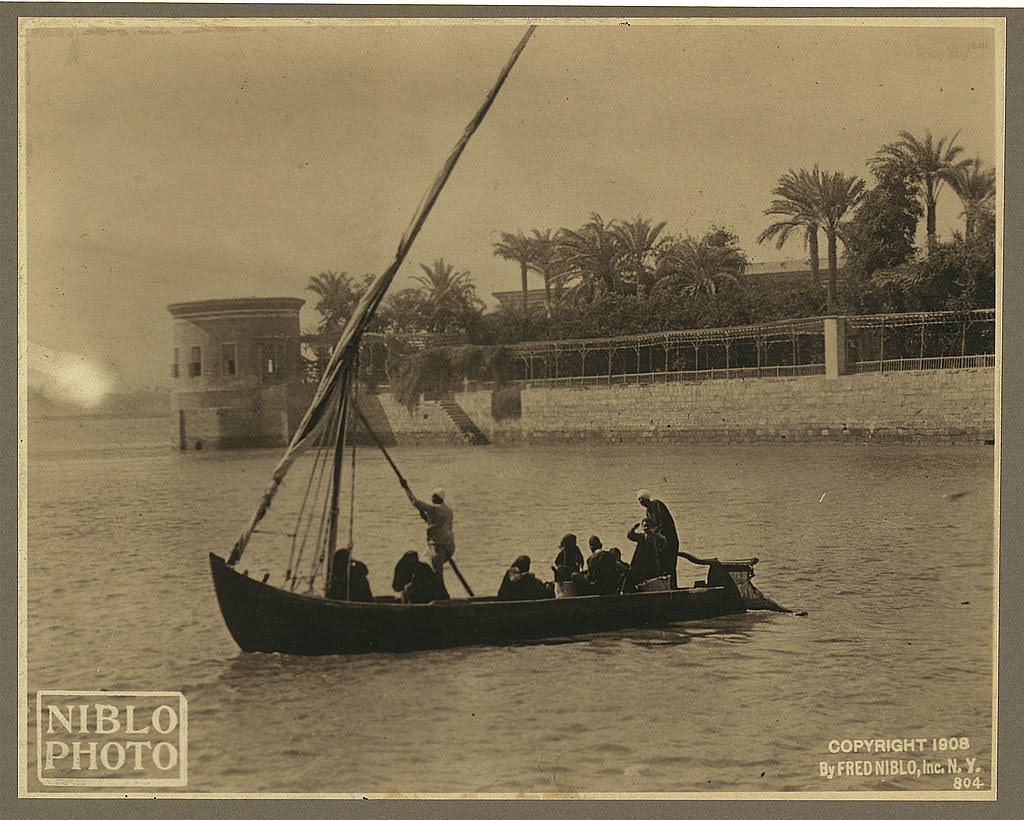

After some time with research, I decided the best way to make these historic photos appear more personal and replicate the time of photo found in a photo album was to draw inspiration from key visual points: a decorative border, realistic paper textures, and unusual cropping and placement of the images in the composition. The borders were first designed on an iPad using the Procreate app and then transferred to Illustrator to vectorize and refine. As decorative elements for the border pattern, I focused on a few geometric patterns interspersed with thematically inspired design motifs: whimsical skulls and bones, oak trees with acorns, Día de los Muertos inspired papel picados, and floral patterns. These would be great ways to bridge the gap between the history and harvesting concepts.
After vectorizing the border pattern designs, I paired them with an image where the border would be most complimentary. Then came the production work of applying layers of textures, both in Photoshop and Illustrator, which would add to the analog photo believability. The designs were completed in Illustrator due to the vector borders and copy.
Moving from right to left, referencing the image above, the base of the background started as an off-white fill. A cotton paper texture was applied on top of this, using Multiply. It was not desaturated so that the color of this textured image could blend with the layer below, enhancing the off-white. Each image used also received its own paper texture treatment: Multiply to accentuate the dark values of the texture and increase contrast of the images, Screen to lighten the overall image, replicate the matte finish of printed ink, and accentuate the light values of the texture. The corners of the images were also slightly rounded. Each border was then colorized to add visual interest. Finally, to unify the composition and make it 'feel old,' a crumpled paper texture was applied on top of everything, using Multiply.


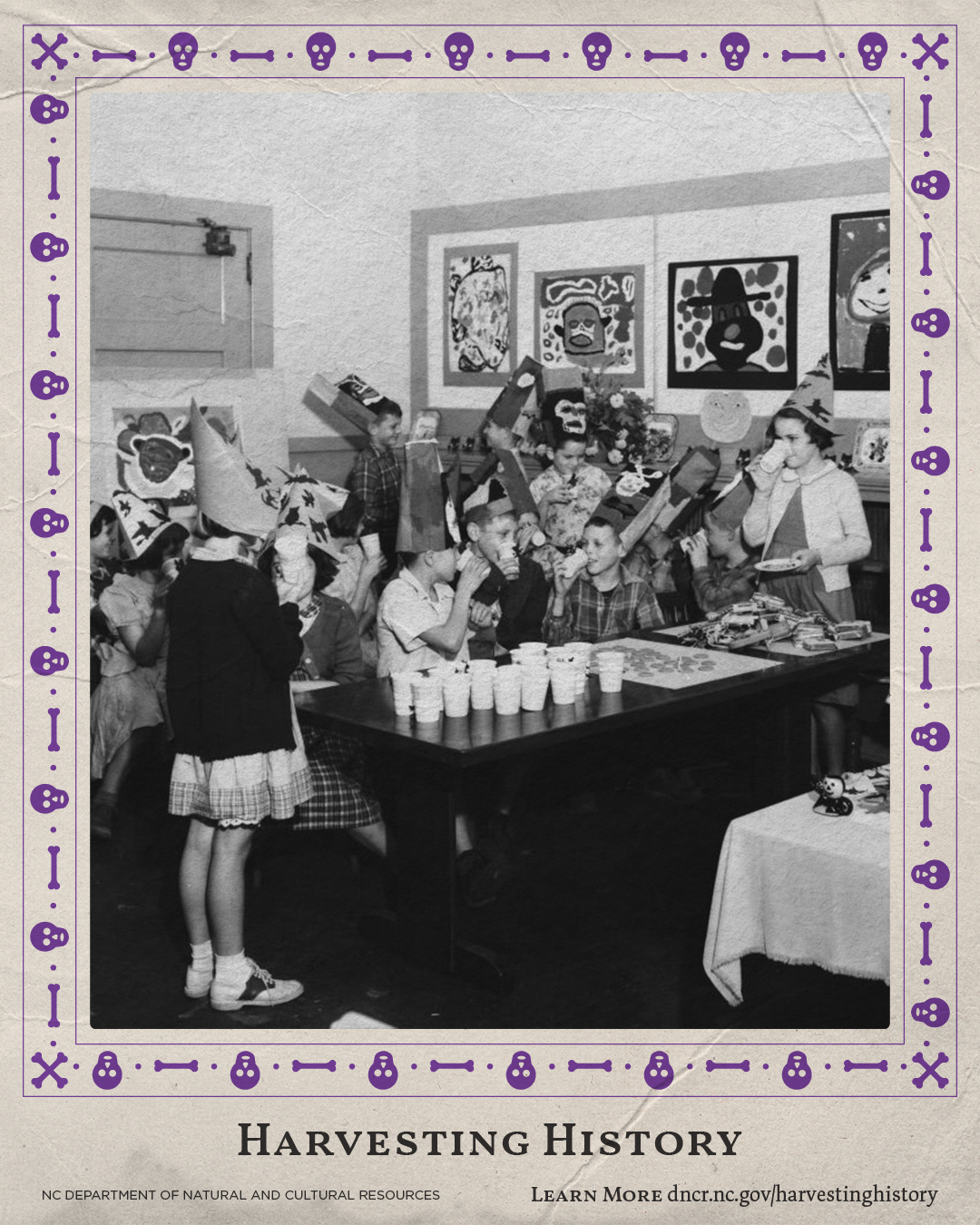

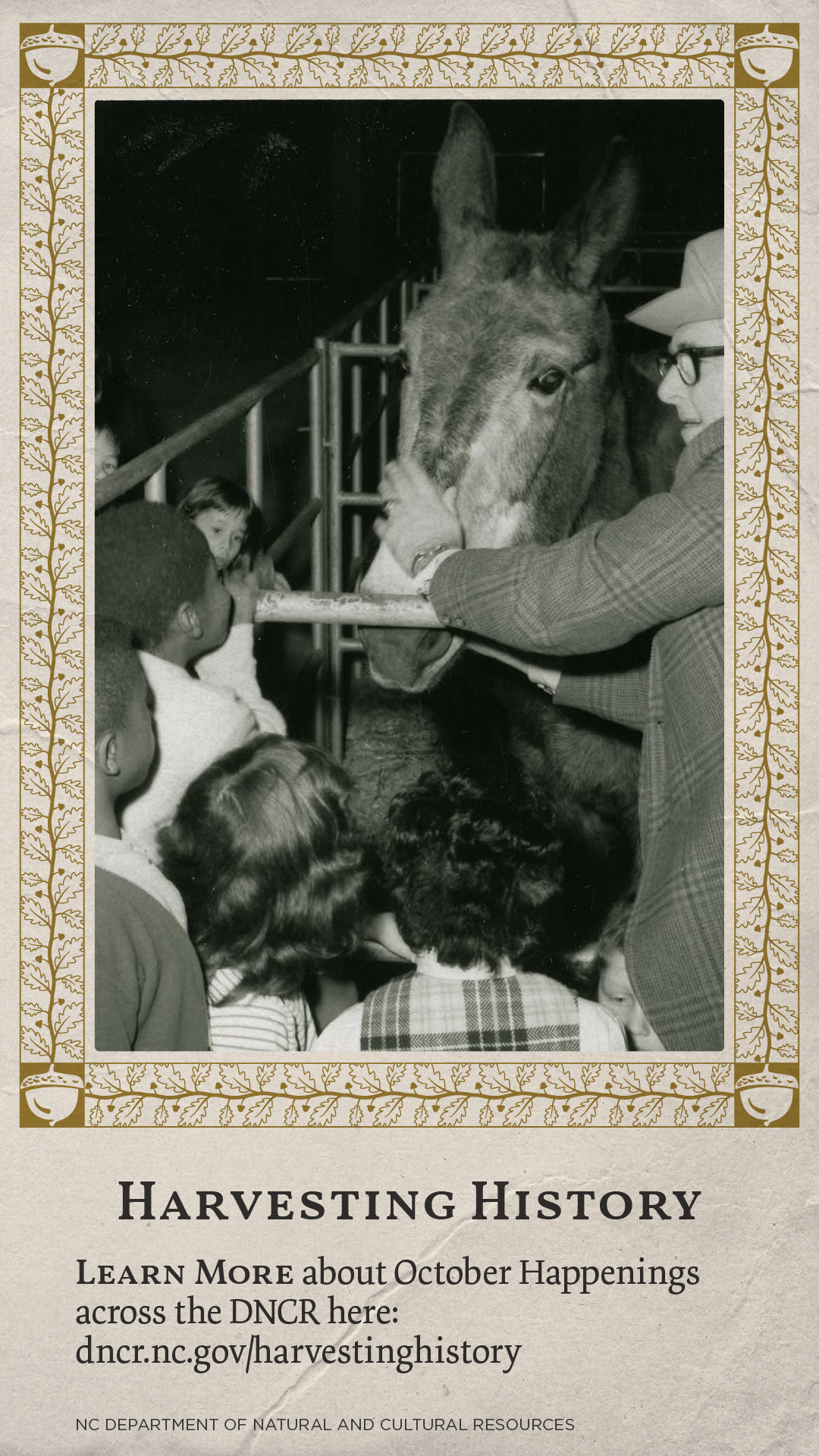
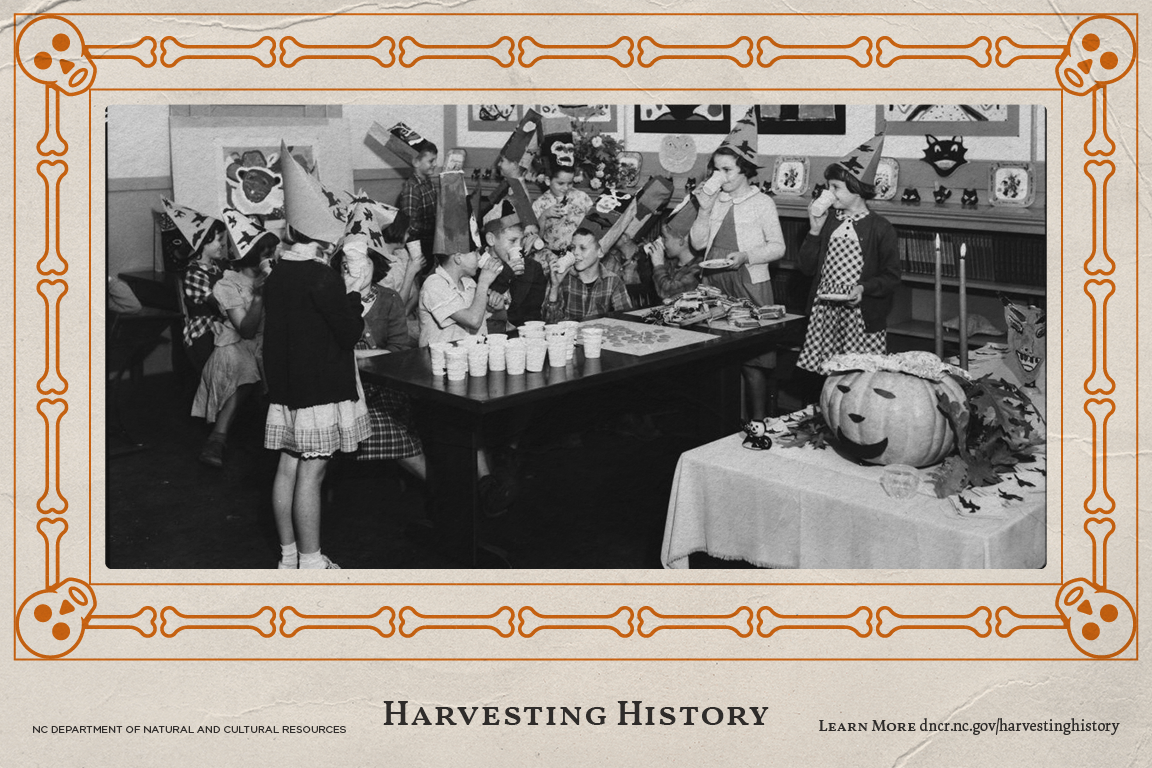
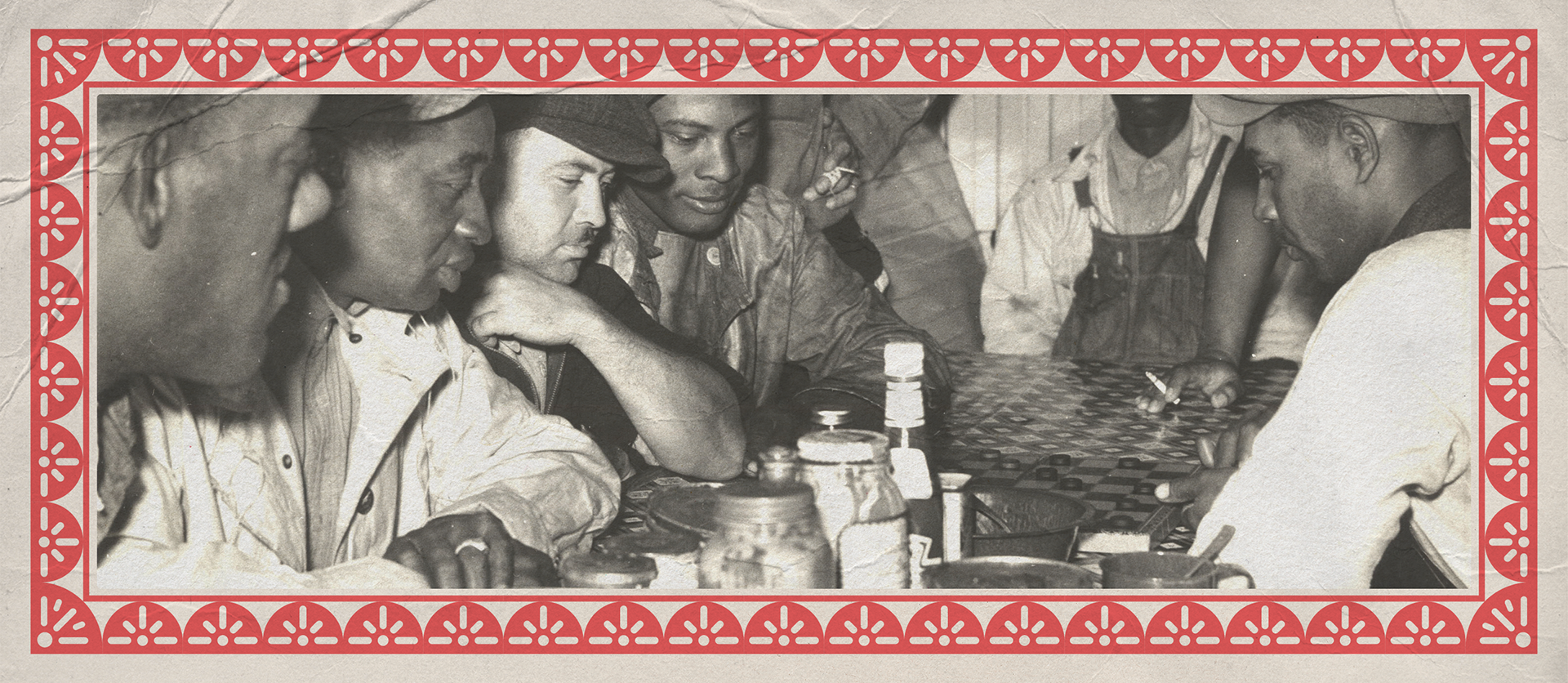

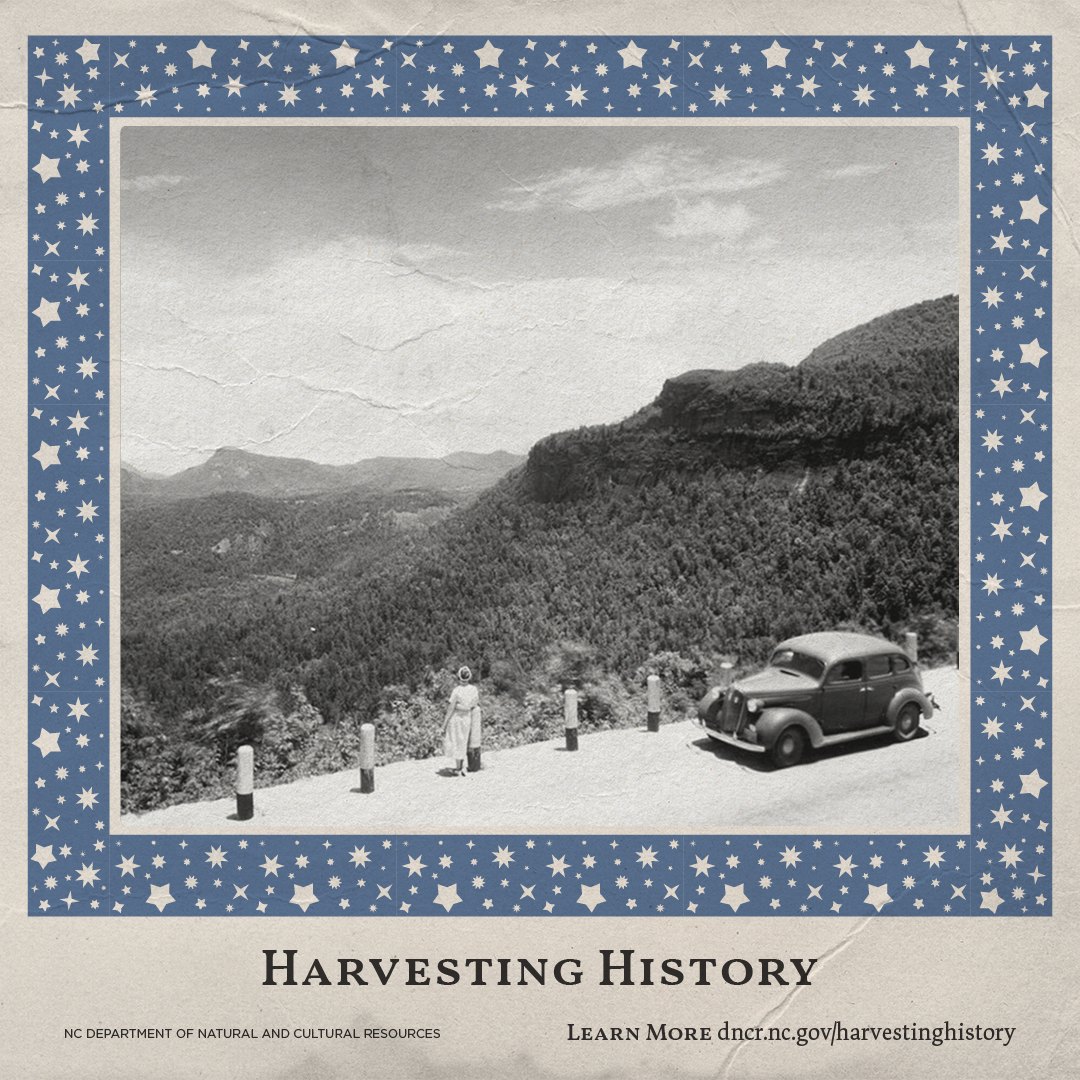
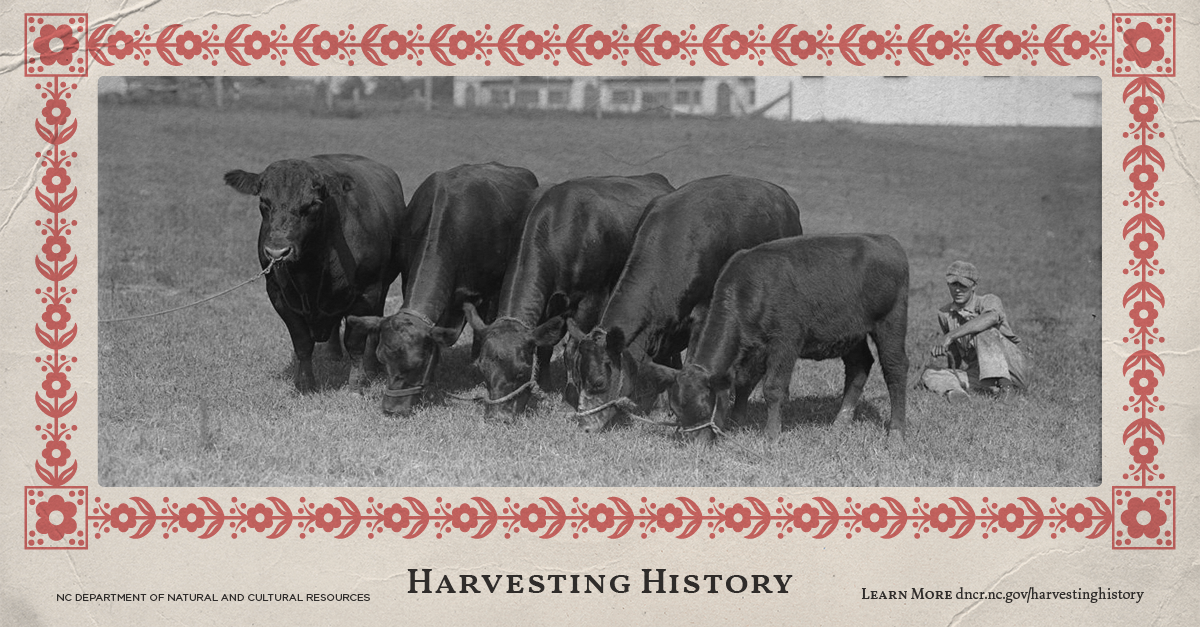
The finished designs were incorporated into the department's website (dncr.nc.gov/harvestinghistory) as well as uploaded and shared throughout the department's main social media accounts, which includes Facebook, Instagram, and LinkedIn. By the end of the month, organic impressions were nearly 1.1 million and engagement was around 83,000.

